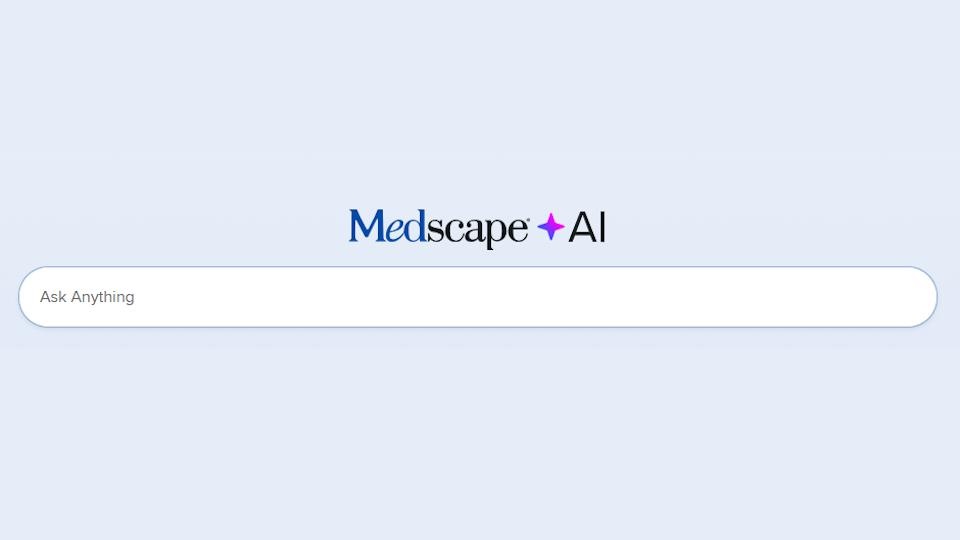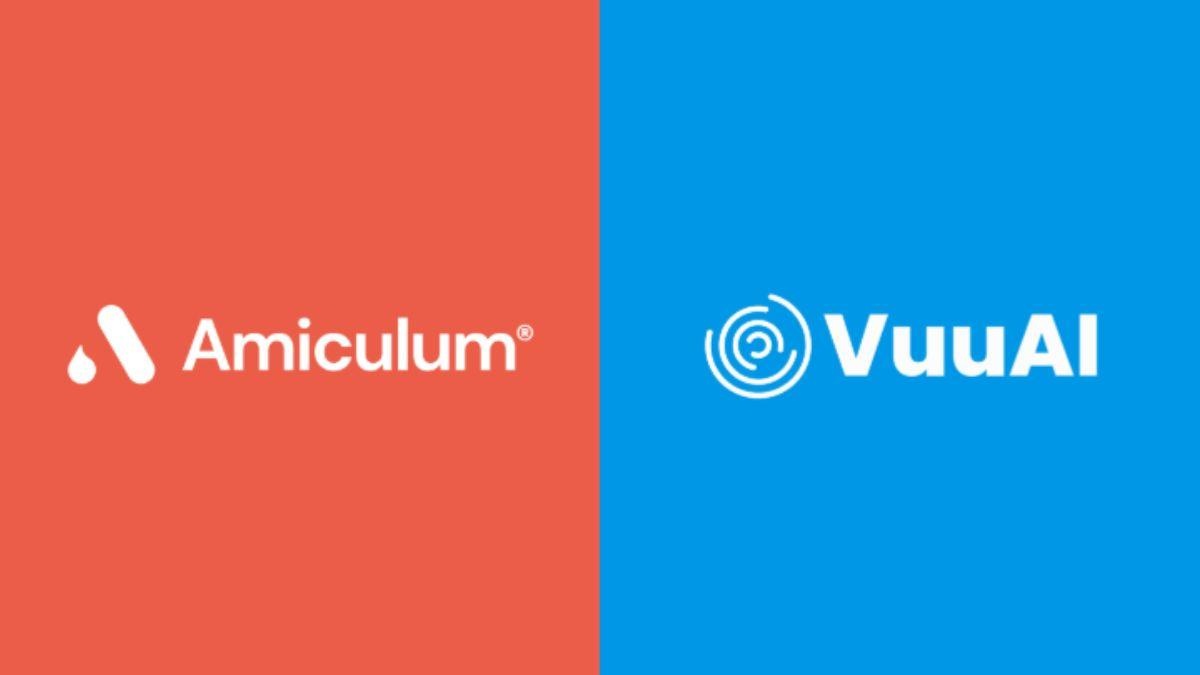From pilots to impact: What it really takes to scale GenAI in pharma

Just a year ago, the GenAI buzz in pharma felt like the start of a gold rush. Leaders greenlit pilots. Teams spun up proof-of-concepts. And inboxes of pharma decision-makers overflowed with vendor demos promising revolution overnight.
But here’s where we are now: the dust is settling, the excitement is sobering - and the conversation is changing.
It’s no longer about what GenAI can do. It’s about what it should do, and whether it can consistently deliver value at scale. From our vantage point across dozens of life sciences organisations, the early enthusiasm is giving way to a more pragmatic question: What does it really take to move from experimentation to enterprise-wide value?
Spoiler alert: it's not just about better algorithms.
1. Generic GenAI is hitting a ceiling
The first wave of GenAI pilots in pharma was dominated by pure capabilities of the Foundational models. They were impressive - until they weren’t. Ask any regulatory lead who’s reviewed a GenAI-generated clinical document, and you’ll hear the same concern: “This sounds good, but it’s not quite right.”
That’s because life sciences doesn’t deal in generic knowledge, it deals in precision. Whether it's interpreting a protocol synopsis or drafting an SRL, context and compliance matter. The emerging shift? Moving from general-purpose tools to domain-aware copilots grounded with curated, high-quality scientific and regulatory data. Tailoring isn’t just a bonus; it’s table stakes.
2. Integration is the real bottleneck
Many pilots run in isolation: a sandboxed GenAI tool here, a use-case-specific solution there. But scaling GenAI across an enterprise means embedding it into workflows, not alongside them.
This is where reality bites. Without robust integrations to marry GenAI with existing systems - be it content repositories, safety databases, or regulatory platforms - value remains trapped. The future isn’t standalone GenAI; it’s GenAI woven into the enterprise fabric, surfacing insights, and automation where work happens.
A recent paper by the GenAI Global Council noted this shift, underscoring how seamless integration and domain-specific design are no longer best practices; they’re prerequisites for meaningful scale.
3. Governance: Enabler, not enforcer
Let’s talk trust. No function leader will roll out GenAI at scale without confidence in quality, compliance, and traceability. But here’s the nuance: governance doesn’t mean putting GenAI on a short leash.
Too many organisations default to restrictive policies that stifle innovation. The shift we’re seeing? Moving from guard dogs to guardrails - frameworks that define acceptable use, monitor outputs, and encourage safe experimentation. Think AI councils, human-in-the-loop validation, and audit-friendly workflows. Governance should unlock innovation, not muzzle it.
4. The ROI lens is back on
Budgets are tightening. The CFO doesn’t care if your pilot got a standing ovation at an internal town hall - she wants to see measurable outcomes.
That’s why GenAI programmes that thrive today are laser-focused on business value. We're talking hours saved, cost avoided, cycle time cut - not theoretical potential, but demonstrable impact. The smartest organisations are building “value narratives” for each use case, setting clear KPIs and validating them in production, not just in slides.
5. AI fluency will define winners
Here’s an uncomfortable truth: many pharma teams are still hesitant to engage with GenAI beyond the surface - unsure of its limitations, wary of its risks, and unclear on where to begin. Meanwhile, a smaller set of organisations is moving ahead, not just by investing in the technology, but by building fluency across their teams.
This fluency isn’t about coding. It’s about knowing what to ask GenAI, how to guide it, and where human oversight matters most. The difference shows.
At one global pharma, regulatory affairs teams trained in GenAI-enabled authoring tools were able to reduce time spent on initial drafts of submission documents by nearly 40%, without compromising compliance. In another, medical affairs teams used GenAI to create deNovo Standard Response Letters 33% faster, thereby enabling faster, more consistent communication with HCPs.
The common thread? These weren’t just technology projects - they were capability-building efforts. And that’s what set them apart.
6. The rise of agents: A glimpse into what’s next
As pharma organisations evolve from pilot projects to enterprise-wide GenAI programmes, a new shift is already on the horizon; one that could dramatically reshape the operating model, with the emergence of AI agents.
Unlike today’s GenAI tools that typically support isolated tasks - like generating text, summarising documents, or answering questions - AI agents are designed to go further. They can reason, plan, and take action. Think of them less as assistants and more as collaborators that can create workflows, adapt strategies, and solve cross-functional problems with minimal human guidance.
Imagine a regulatory agent that doesn't just draft a document, but proactively pulls from the latest guidance, flags inconsistencies across submissions, and routes drafts to the right reviewers. Or a medical affairs agent that can dynamically tailor scientific narratives for different HCP profiles, track usage patterns, and improve the messaging in real time.
These aren’t science fiction scenarios. Multi-agent systems - where agents collaborate, share context, and coordinate actions - are already being tested in R&D, regulatory, and commercial use cases. When connected to enterprise data, platforms, and people, these agents could become the connective tissue of a truly intelligent life sciences organisation.
Final thought: This is the work before the win
We’re entering the middle innings of the GenAI game in life sciences. The hype is giving way to hard choices. This is where organisations decide whether GenAI becomes a core capability - or just another “innovation theatre” slide in next year’s annual report.
Moving from experimentation to enterprise-wide value takes more than good tech. It takes alignment, orchestration, fluency, and above all patience. The payoff? A smarter, faster, more adaptive pharma enterprise. And this time, the transformation is real.













